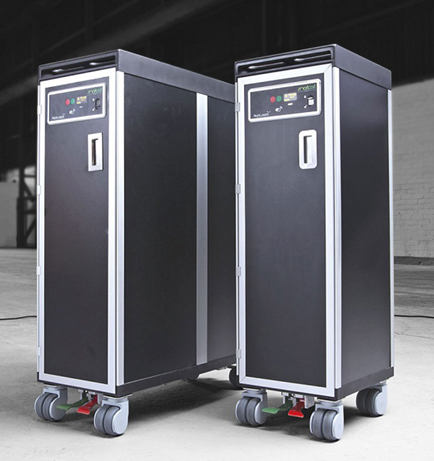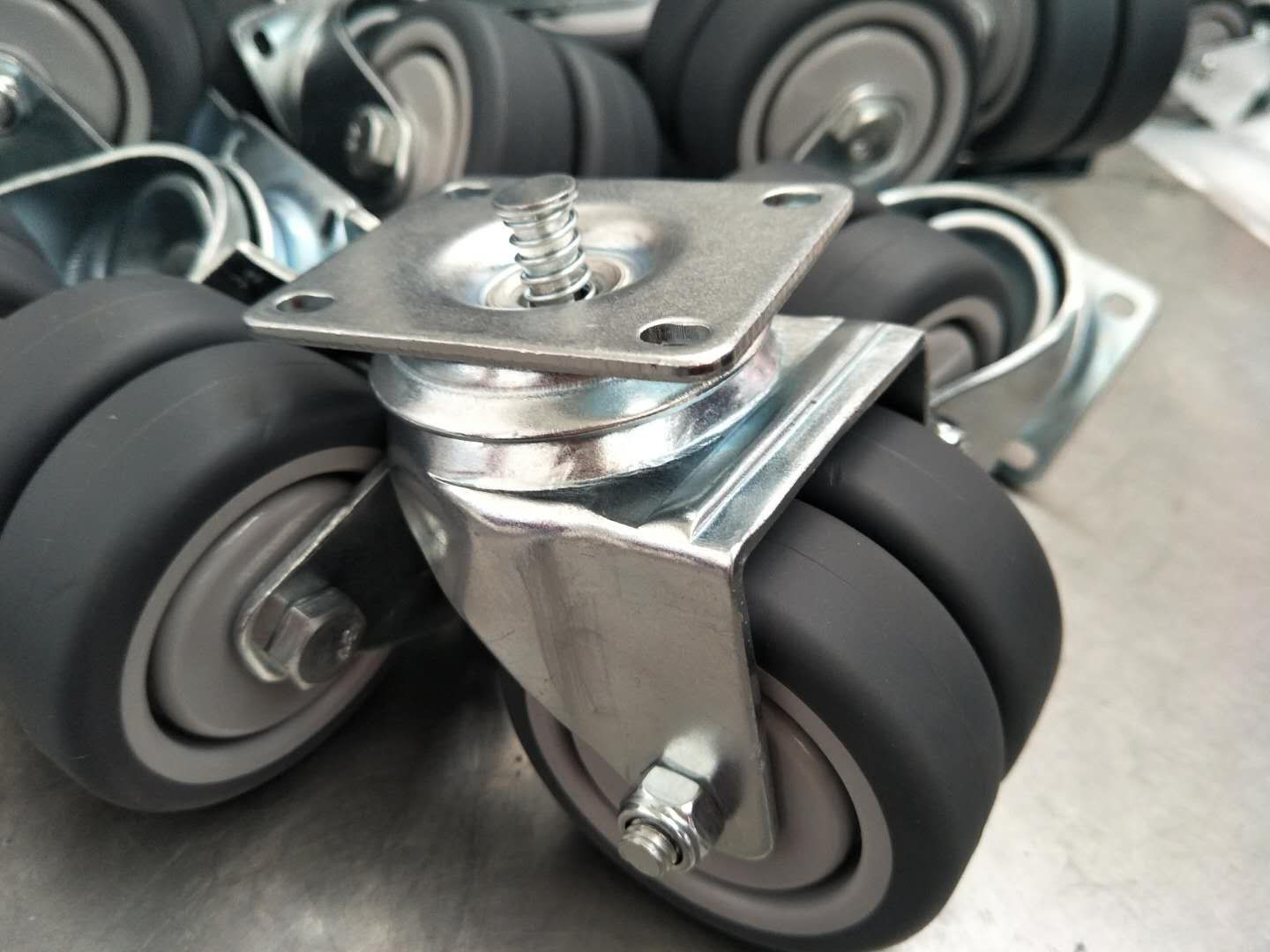Understanding the Importance of Airline Trolley Casters
As airline passengers, we may not give much thought to the equipment used by flight attendants during inflight service. However, the smooth and efficient movement of airline trolleys is crucial for a comfortable and safe travel experience. And at the heart of this equipment are the casters that make it all possible.
Airline trolley casters serve as the wheels that allow flight attendants to easily navigate through narrow aisles and tight spaces in the cabin. They also provide stability and load-bearing capacity for trolleys carrying food and beverage carts or other inflight service equipment. In this article, we will explore the importance of airline trolley casters and the impact they have on inflight service operations and passenger experience.

The Role of Airline Trolley Casters
Airline trolley casters play a critical role in the overall performance of inflight service equipment. Their design and quality can directly impact the maneuverability, stability, and load-bearing capacity of airline trolleys. The right caster can ensure smooth and efficient navigation through the cabin, while the wrong one can lead to delays, discomfort, and even safety hazards.
The primary function of airline trolley casters is to provide mobility and flexibility for the inflight service equipment. This is achieved through a combination of swivel capability, wheel size, and load-bearing capacity. Swivel casters allow the trolley to turn in any direction, making it easier for flight attendants to navigate through tight spaces and around obstacles. The size and composition of the wheels can also impact the ease of movement and stability of the trolley. Finally, the load-bearing capacity of the casters ensures that the trolley can safely carry the weight of food and beverage carts, as well as other inflight service equipment.
Types of Airline cart Casters
There are several types of casters commonly used in common trolleys, each with its own advantages and disadvantages. But The most common types for airline trolley is swivel casters which with central brake
Swivel central brake casters are the most popular type of caster for airline trolleys. They allow the trolley to turn in any direction, making it easier for flight attendants to navigate through narrow aisles and around corners. Swivel casters typically have double ball bearing raceway, which allows them to turn smoothly and easily.
Material Selection for Airline Trolley Casters
The choice of materials used in manufacturing airline trolley casters can greatly impact their performance and durability. Common materials include plastic, rubber, or metal.
Plastic casters are lightweight and affordable, they may not be as durable as other materials. They tend to wear out more quickly and may not withstand heavy loads or frequent use. But high quality plastic airline trolley casters are also durable,weight reduced and rust -free,But price is higher than metal bracket type.

Our plastic airline cart casters are more durable than common plastic casters, and can provide better shock absorption. They are also quieter and provide better traction on smooth surfaces. Meanwhile, we can make the plastic airline trolley casters Flame retardant,to make sure safety when in high-temperature environments
Metal casters are durable and long-lasting option. They can withstand heavy loads and frequent use, making them ideal for in-flight service equipment that requires high load-bearing capacity. However, they are typically heavier than plastic or rubber casters and price also little cheaper

Impact of Caster Maintenance on Performance
Regular maintenance and care of airline trolley casters is essential to ensure optimal performance and prevent issues like wheel lock-up or failure. This includes regular cleaning, lubrication, and inspection procedures.
Cleaning the casters regularly can prevent the buildup of dirt and debris, which can cause the wheels to become stiff and less mobile. Lubrication can help reduce friction between the wheels and swivel mechanism, allowing for smoother movement. Regular inspection can also identify any issues with the casters before they become a safety hazard.
Safety and Regulatory Standards
Aviation authorities set safety and regulatory standards for airline trolley casters to ensure passenger and crew safety during inflight service operations. These standards include requirements related to load capacity, fire safety, and compatibility with different aircraft types.
Load capacity requirements ensure that the casters can safely carry the weight of inflight service equipment without becoming unstable or breaking. Fire safety requirements ensure that the materials used in manufacturing casters are fire-resistant and do not pose a safety hazard in case of a fire emergency. Compatibility with different aircraft types ensures that the casters meet the specific requirements of each aircraft model and do not cause damage to the cabin floor or other parts of the aircraft.
Innovations in Airline Trolley Caster Technology
Recent advancements and innovations in caster technology for airline trolleys have focused on reducing noise, enhancing durability, and improving ergonomics. For example, some manufacturers have developed noise reduction features that reduce the loudness of the trolley as it moves through the cabin. Other innovations include enhanced durability features such as stronger materials and improved bearings, as well as ergonomic designs that reduce strain on flight attendants.
Conclusion
Airline trolley casters may seem like a small component of inflight service equipment, but they play a critical role in ensuring a smooth and comfortable travel experience for passengers. The right caster can enhance maneuverability, stability, and load-bearing capacity, while the wrong one can lead to delays, discomfort, and safety hazards. Material selection, maintenance, and compliance with safety and regulatory standards are all essential components of proper caster use. As innovation in caster technology continues to advance, we can expect even greater improvements in the efficiency and comfort of inflight service operations.

 English
English Spanish
Spanish German
German Russian
Russian Arabic
Arabic Portuguese
Portuguese Italian
Italian French
French Hebrew
Hebrew Turkish
Turkish